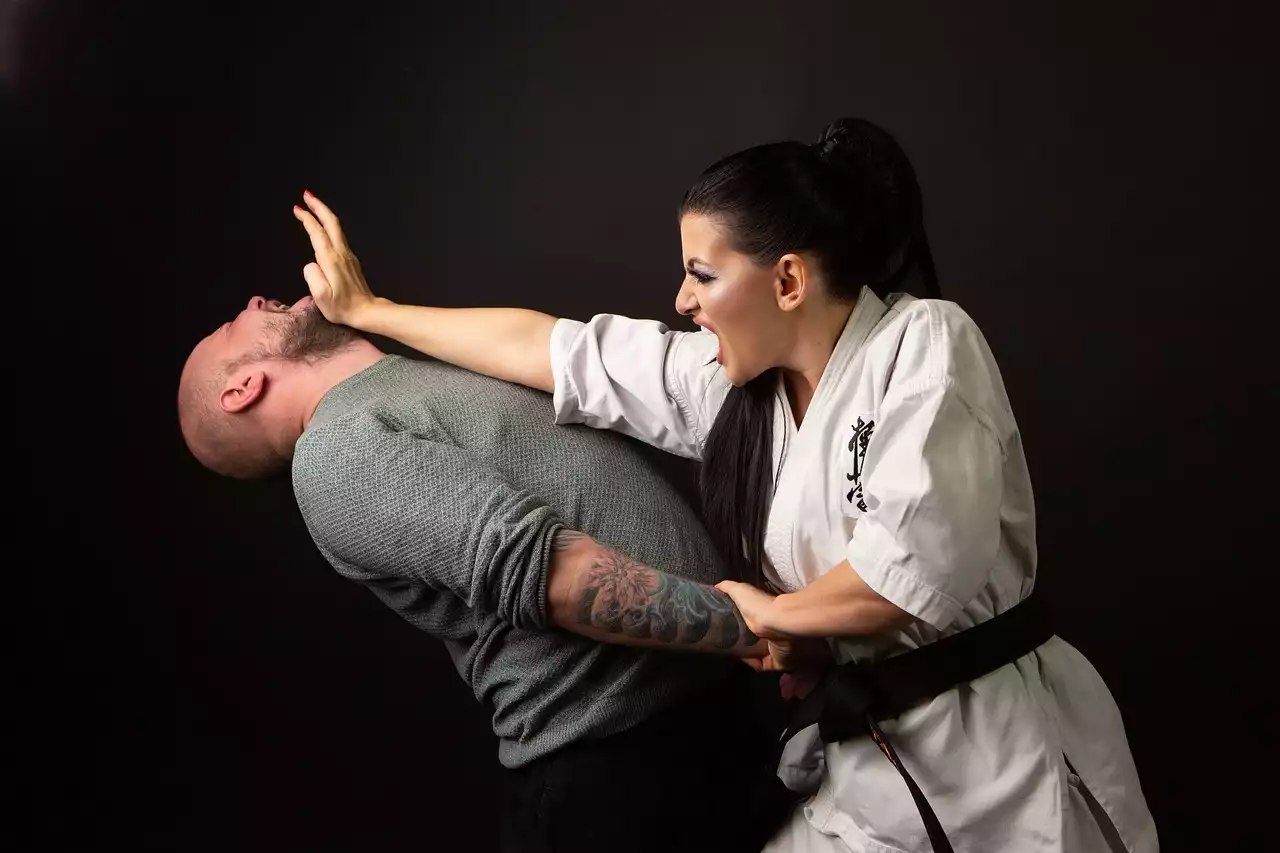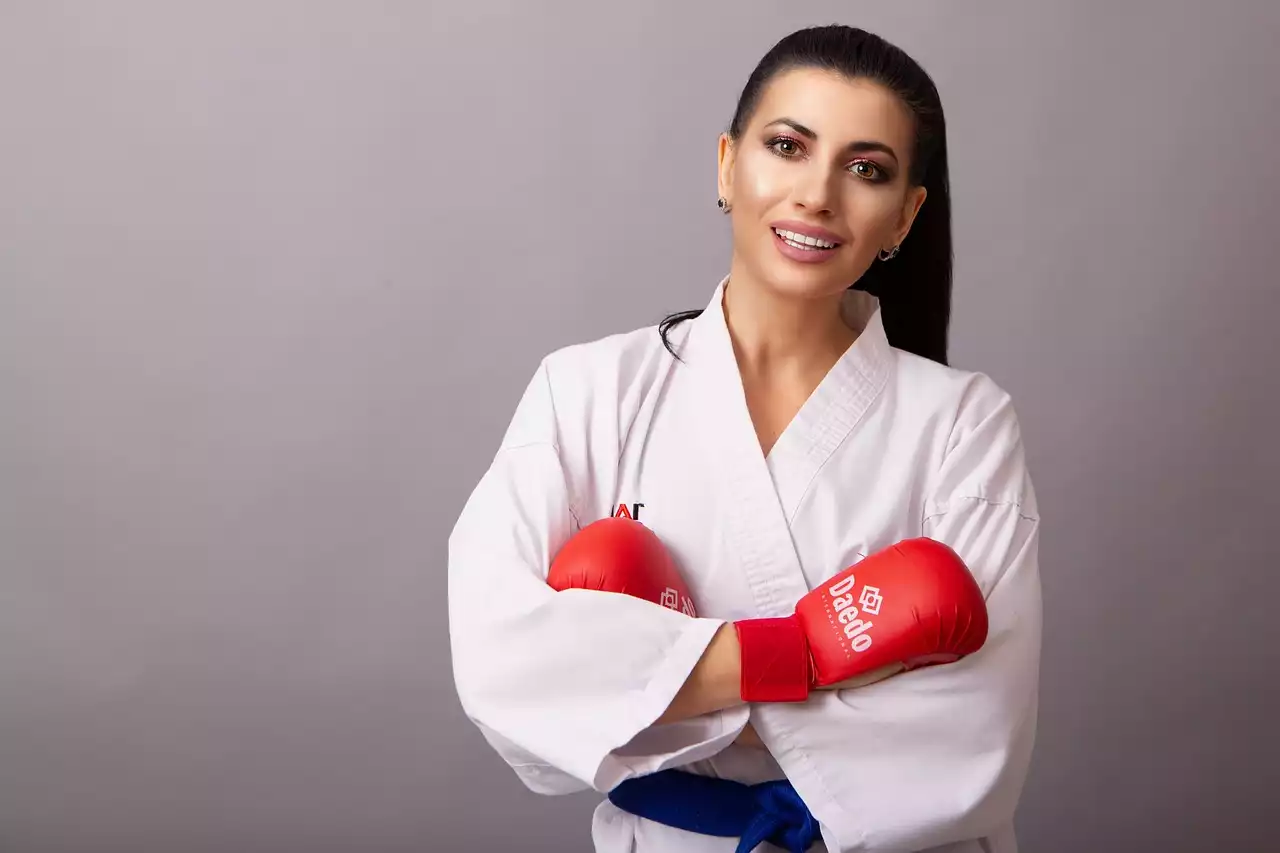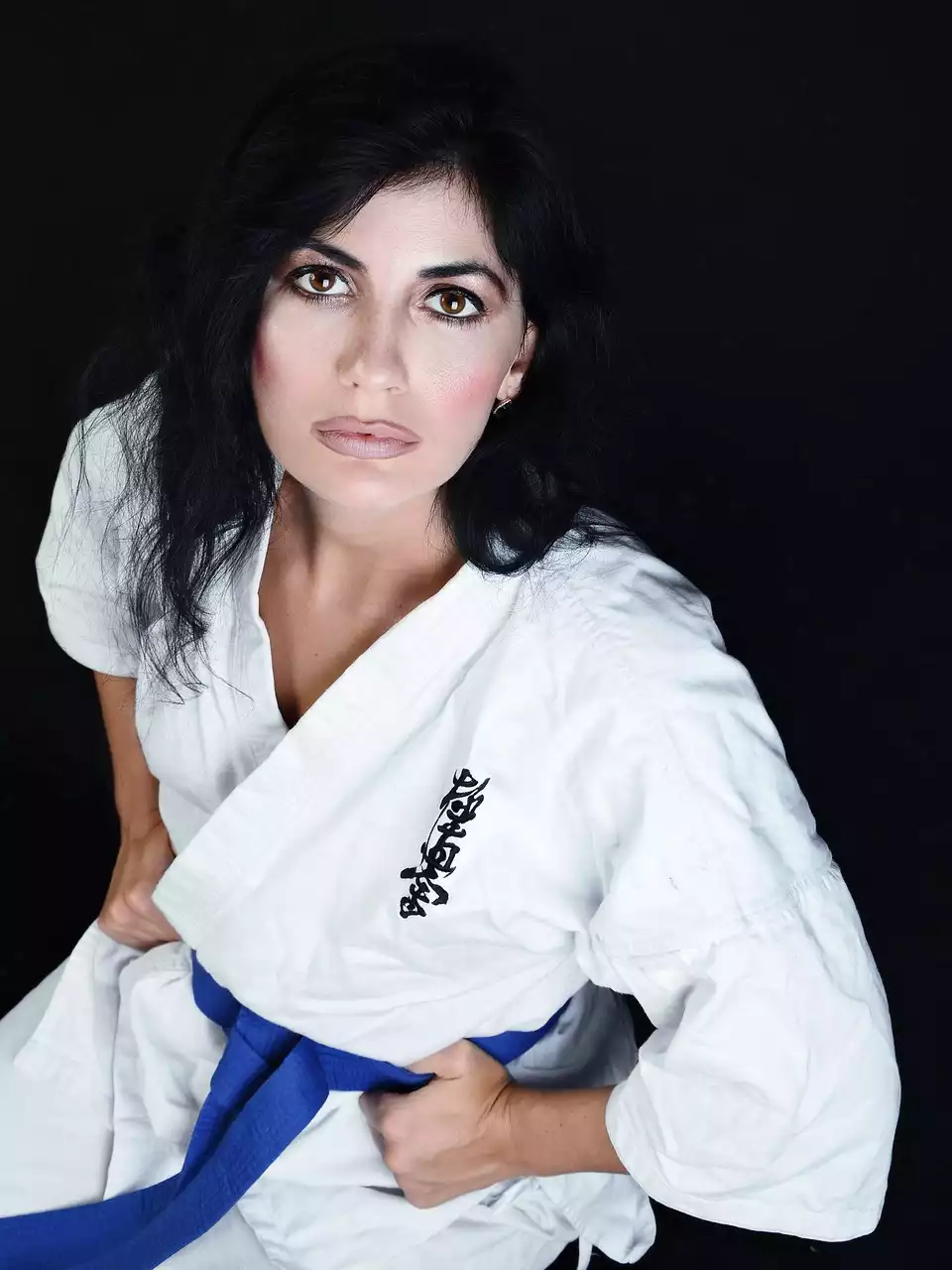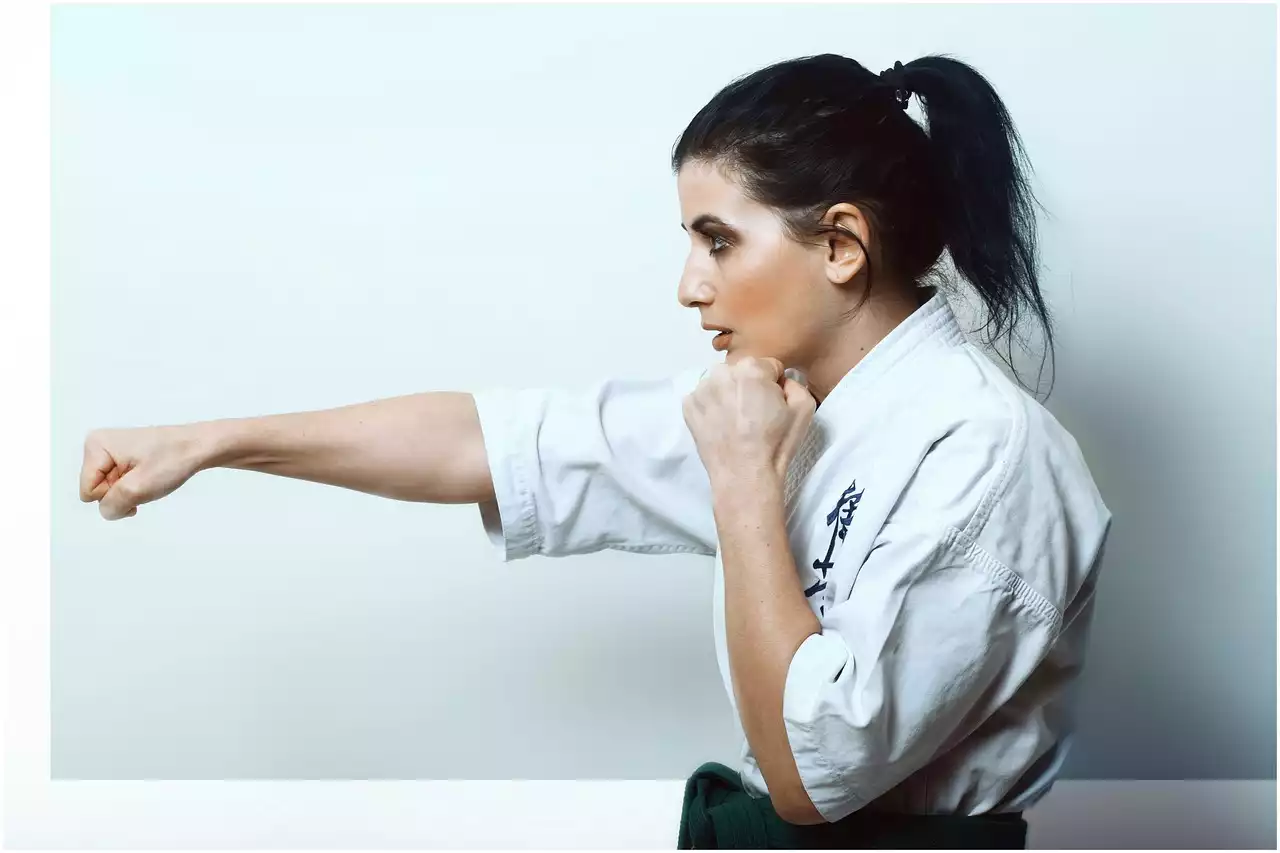Benefits of Cross-Training in Different Karate Styles
Cross-training in different styles of karate can offer several benefits. First, it can help to improve balance, coordination, and overall physical fitness. It also helps to develop mental focus and discipline. Furthermore, cross-training in various karate styles can help to provide a deeper understanding of the different philosophies and techniques associated with the various forms of karate, which can lead to more effective and efficient self-defense techniques.
Cross-training can also be beneficial for those who are looking for a way to kick-start their training and motivation. Training in different styles of karate can help to keep things fresh and exciting, and it can help to avoid the monotony of sticking to one style. Furthermore, cross-training can help to improve self-confidence and help to build a more complete martial artist.
Different Karate Styles and Their Philosophies
Karate is divided into two categories: traditional and modern. Traditional styles of karate include Shotokan, Goju-Ryu, Wado-Ryu, and Shito-Ryu. These styles emphasize the importance of respect, discipline, and focus. They also focus on the development of powerful strikes and blocks, as well as the development of control and precision in technique.
Modern styles of karate, such as Kyokushin and K1, are more focused on physical fitness and self-defense. These styles emphasize the use of strikes and kicks, as well as grappling and ground fighting techniques. Modern styles are also focused on developing speed and power, as well as physical and mental toughness.
Physical and Mental Benefits of Cross-Training
Cross-training in different styles of karate can help to improve physical fitness and coordination. It can also help to improve balance and agility, as well as flexibility and speed. Furthermore, cross-training can help to develop mental focus and discipline, which can lead to improved concentration and decision-making.
Cross-training can also help to improve self-confidence and self-esteem. Training in different styles of karate can help to build a more complete martial artist, as well as provide a better understanding of the different philosophies and techniques associated with the various forms of karate.
How to Find the Right Karate Style for You
Finding the right karate style for you is essential if you want to get the most out of your training. It is important to do your research and understand the different philosophies and techniques associated with each style of karate. You should also consider your goals and objectives, and make sure that the style you choose is in line with them.
You should also find a qualified instructor who can help you to understand the different styles of karate and guide you through the process of selecting the right style for you. A qualified instructor can also provide personalized feedback and advice, which can help to ensure that you are making the most of your training.
Tips for Cross-Training in Karate
Once you have selected the karate style that is right for you, there are a few tips that can help you to get the most out of your cross-training. First, it is important to practice consistently and stay focused on your training. You should also be open to new techniques and philosophies, and be willing to challenge yourself and push your limits.
It is also important to listen to your body and take breaks when needed. Cross-training can be intense, and it is important to take care of your body and avoid overtraining. Additionally, it is important to practice visualization and focus on the mental aspects of training, as this can help to improve your performance and increase your focus.
Common Challenges of Cross-Training
Cross-training in karate can be a challenging process. It is important to have realistic expectations and understand that it may take some time to adjust to the different styles of karate. Additionally, it is important to stay focused on your training and to avoid getting discouraged if you are not seeing the results you want right away.
Cross-training can also be difficult if you are trying to balance different styles of karate. It is important to remember that each style has its own unique set of rules and philosophies, and it can be challenging to balance them all. Additionally, some styles of karate may focus on different aspects of training, and it can be difficult to adjust to the different techniques and philosophies.
The Benefits of Cross-Training in Different Karate Styles - A Summary
Cross-training in different styles of karate can offer a wide variety of benefits. It can help to improve balance, coordination, and overall physical fitness, while also developing mental focus and discipline. Cross-training can also provide a deeper understanding of the different philosophies and techniques associated with the various forms of karate, which can lead to more effective and efficient self-defense techniques. Additionally, cross-training can help to kick-start motivation and keep things fresh and exciting. With the right training and dedication, cross-training in karate can help to unlock a person’s full potential and become a more complete martial artist.










